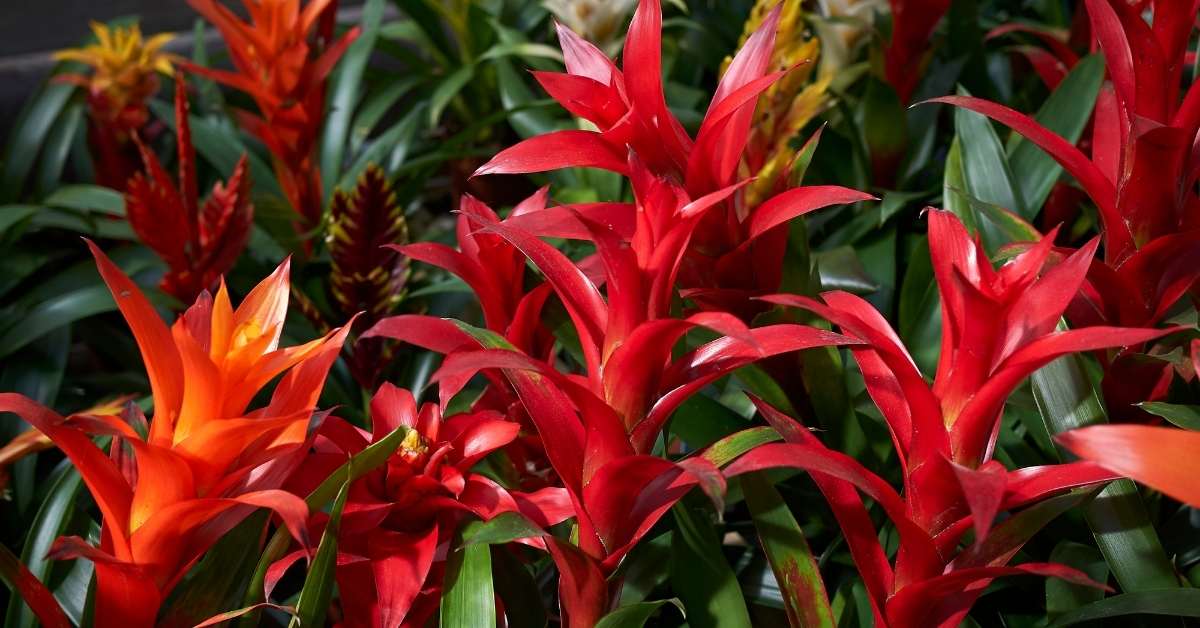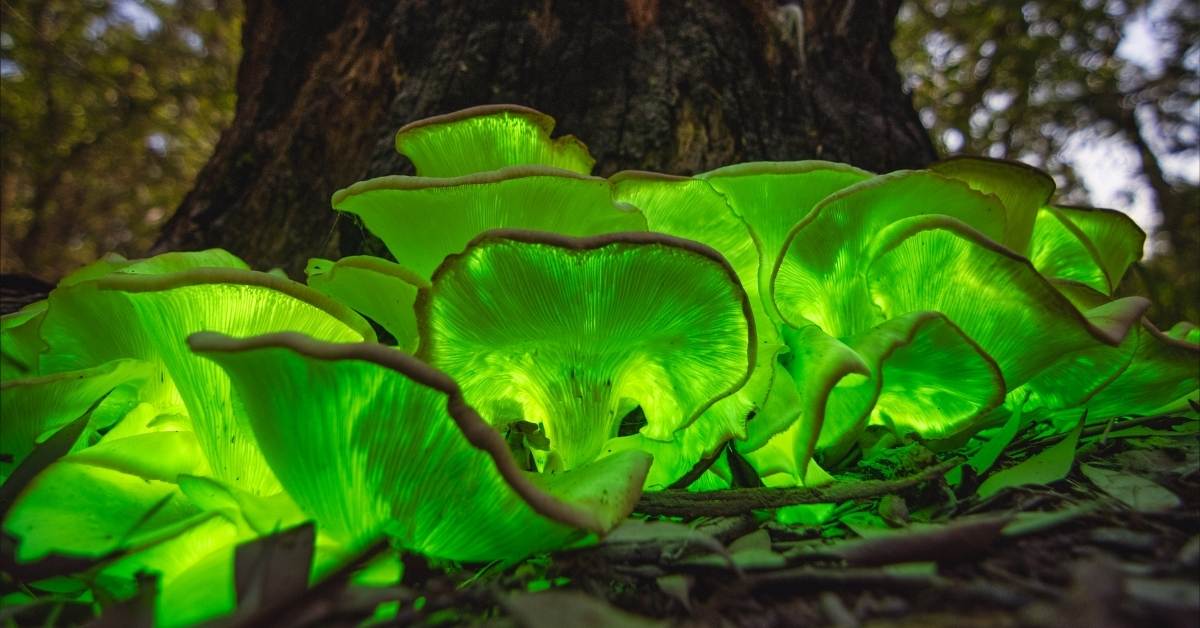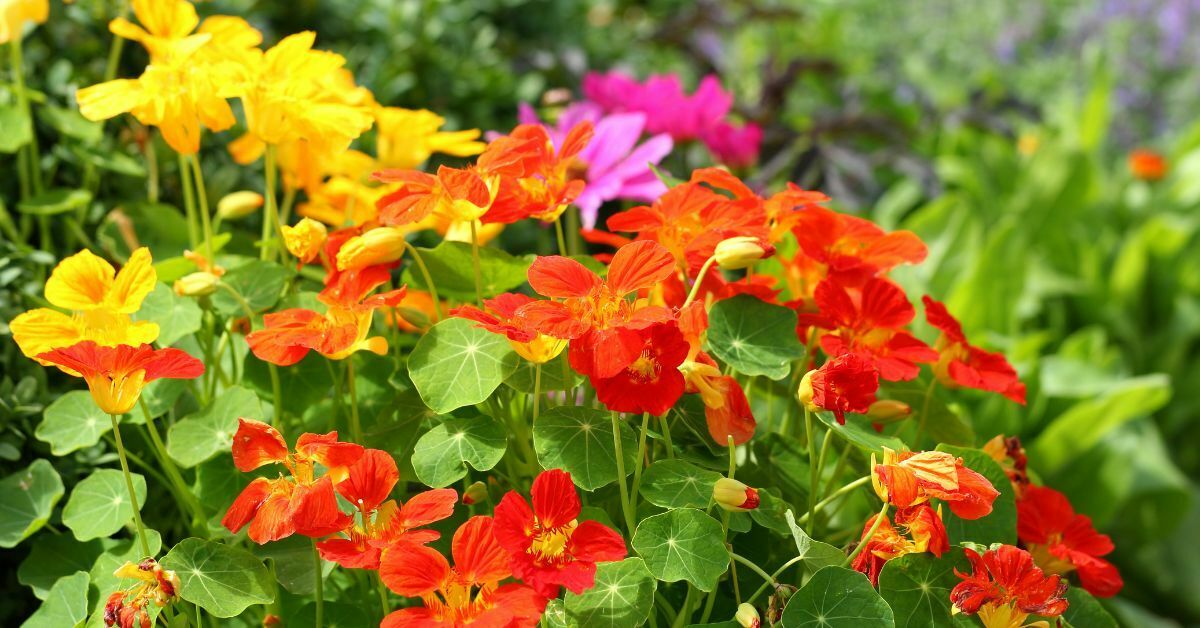There are close to 3,000 different species of bromeliads (Bromeliaceae), yet they have many things in common. The majority of bromeliads, pronounced brō-ˈmē-lē-ˌad, are tropical and enjoy heat and humidity. Here are the best tips to grow and care for bromeliads indoor and outdoor with 12 most wanted varieties:
All species of this tropical plant are easy-care and actually thrive when slightly neglected. Bromeliads can be grown indoors or outdoors, come in all shapes and sizes, some bloom, and some don’t, and one species doesn’t even need soil to grow in.
With the many species to select from, one (or more) will be just the right fit for your environment and schedule.
Use these bromeliad growing tips for growth and success:
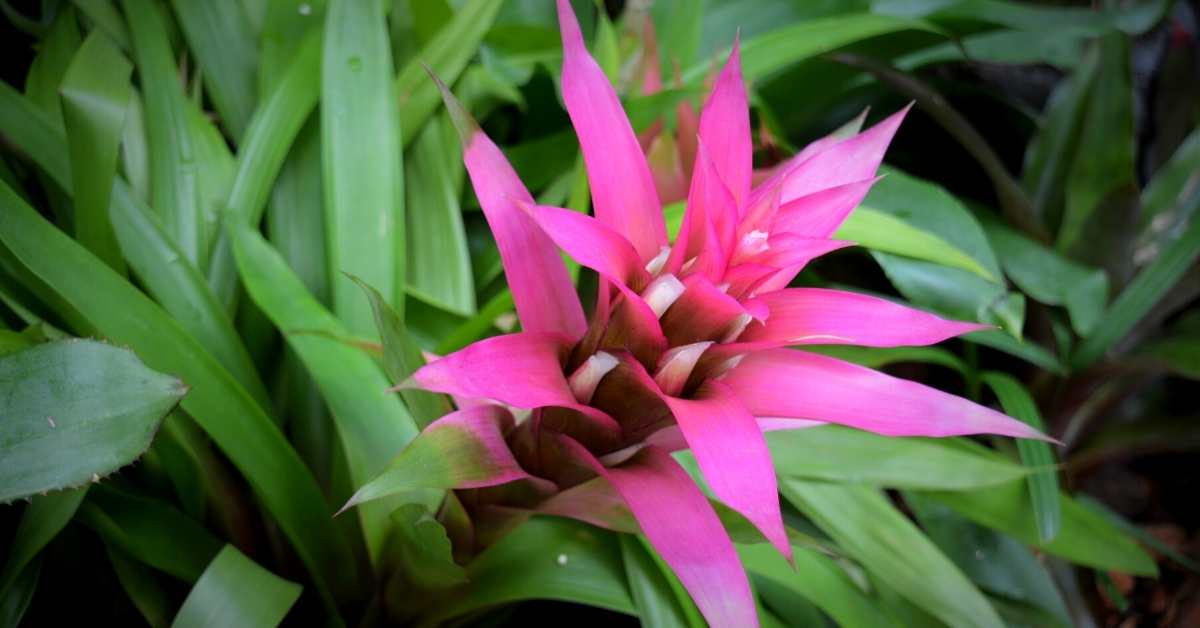
Bromeliad types: Most demanded Bromeliad species
- Aechmea (Aechmea spp / bromeliad aechmea)
- Guzmania (Guzmania spp.)
- Neoregelia (Neoregelia spp.)
- Vriesea (Vriesea spp.)
- Tillandsia (Tillandsia spp.)
- Tillandsia usneoides (Spanich Moss)
- Billbergia (Billbergia spp.)
- Cryptanthus (Cryptanthus spp.)
- Dyckia (Dyckia spp.)
- Hechtia Genus (Hechtia spp.)
- Nidularium
- Bromeliad Neoregelia
Indoor Growing – How to care for bromeliads?
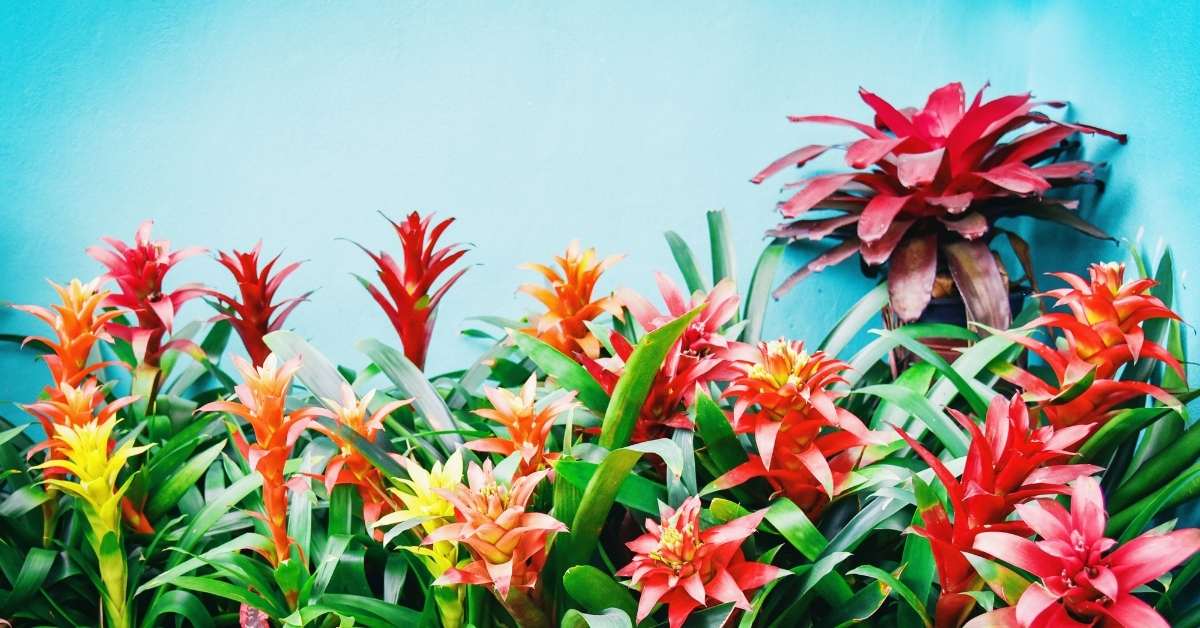
Provide heat and humidity, and mostly any bromeliad will be happy to grow indoors. However, there are some needs that must be met for each species in addition to the basic heat and humidity.
Start by reading the plant label to determine how much light the selected bromeliad needs.
The best light for Bromeliads
Most plants will thrive in a bright, sunny space. However, exposing the leaves to direct sunlight for a prolonged period of time may harm them. An indoor location that places the bromeliad near an east or west-facing window is good, as long as the plant is not in direct sunlight. In the winter, a south-facing window is an ideal growing location for an indoor bromeliad.
Aechmea fasciata Bromeliad
There are exceptions to the light rule, and that’s where the information on the plant label will be key to growing success. Begonias and caladiums are two popular plants in the bromeliad family that thrive in low-light areas.
Planters and Soil
The kind of planter you choose to cultivate a bromeliad should be determined by the climate you reside in. Plastic containers retain moisture better and are ideal for dry climates or growing plants in a hot environment.
Clay pots that haven’t been glazed are porous and enable water to soak through and are the best planter choice when growing bromeliads in a humid environment.
Whichever planter type you select, always use a quick-draining potting soil mix to plant the bromeliad. Garden soil is too thick and will not allow the plant to drain fast enough to keep it healthy.
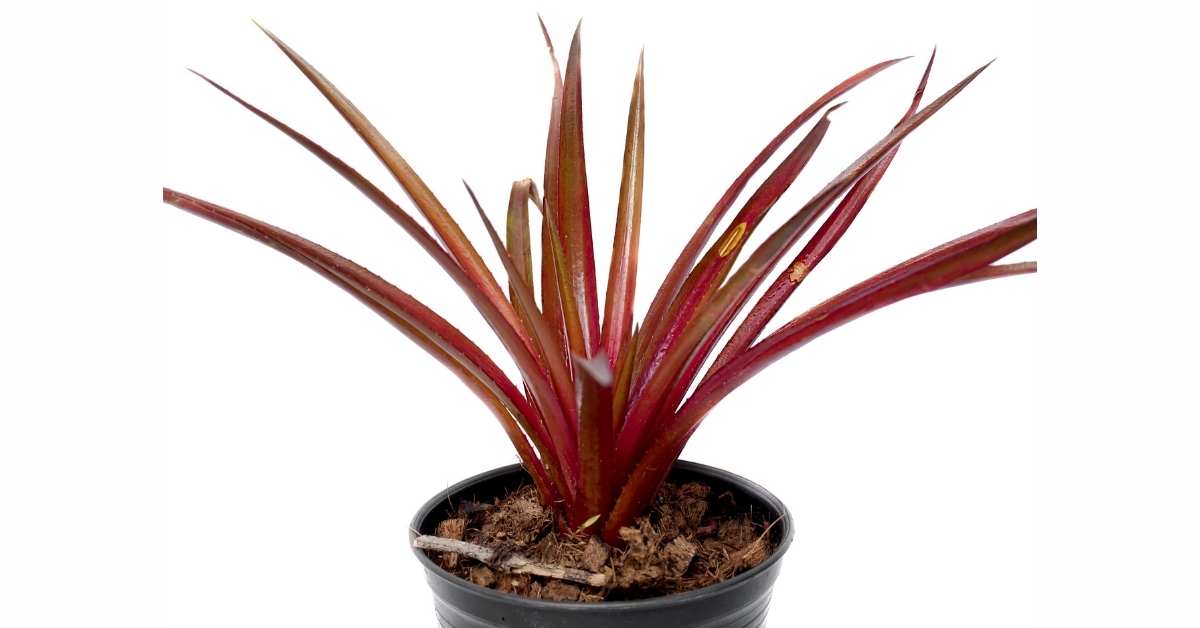
Feeding Bromeliads
Bromeliads are light feeders and rarely need to be fed. Apply a water-soluble plant food to potting soil once a year to any soil-grown species mixed at the manufacture’s specified rate. For air plants (species grown without soil), mix water-soluble fertilizer at one-half the specified rate and spray all over the air plant.
Feeding the plant more often will result in the plant becoming leggy and faded plant color. Bromeliads are naturally slow-growing, and additional feeding will not speed up the growing process.
Provide Humidity
Indoor-grown bromeliads prefer 60% humidity year-round. This humidity level can be complicated to maintain in a home that is being heated and cooled by forced air (furnace or air conditioning). Fortunately, there are a few easy ways to raise the level of humidity in your home.
Guzmania bromeliad plant
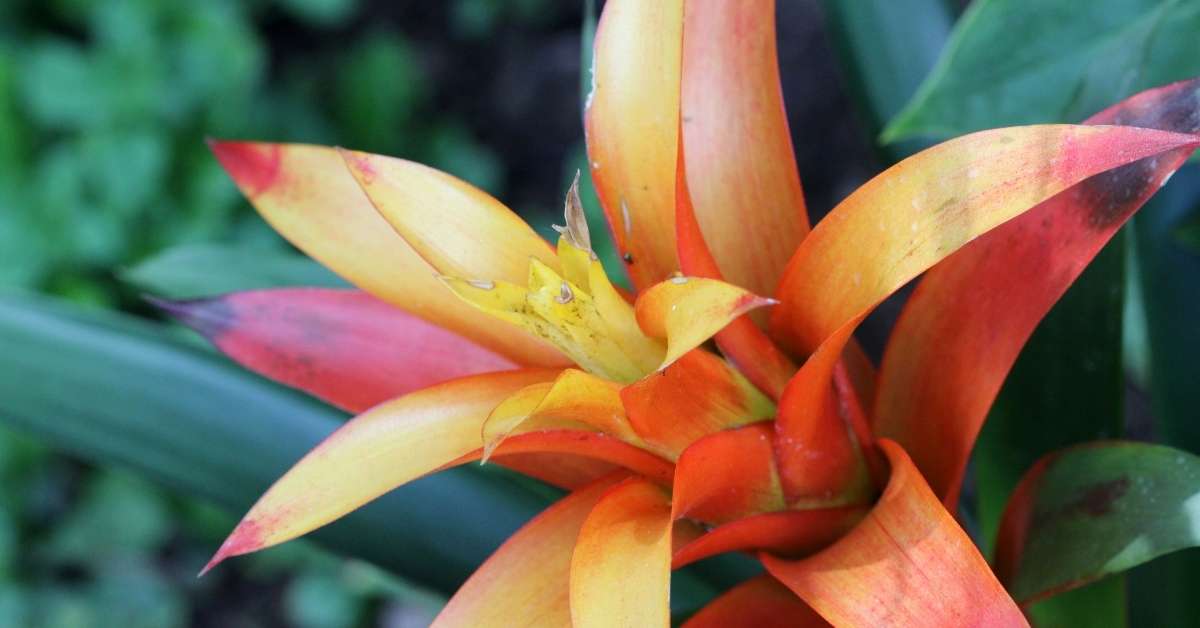
The simplest way is to run a humidifier near the plant. If you will be near the plant throughout the day, use a spray bottle to mist the plant several times each day.
Place a few more plants (any variety) in the same vicinity as the bromeliad to promote transpiration.
Transpiration is the process in which a plant converts water into a vapor and releases it into the atmosphere so the humidity level of the immediate area will increase.
And one last way to provide humidity is to create a DIY humidity tray. Take a tray and fill it with small, decorative pebbles, then fill the tray with water to just below the pebbles’ surface. Place the potted bromeliad on the pebbles in the tray and keep the water level constant in the tray.
Watering Your Bromeliad
Only water when the top two inches of potting soil are dry, then thoroughly soak it so that the water runs through the potting soil and out of the bottom drainage holes. More frequent watering and the plant will be sitting in too much water and will develop root rot.
How to Water Bromeliads: Gardening With Flowers & Succulents
Watch this video on YouTube:
If you have an epiphytic bromeliad (the species that grows without soil on a tree, rock, etc.), keep the plant moist by misting it every few days.
Flowering Time
Bromeliads only flower once in their lifetime. The bright-colored leaves, called bracts, are often mistaken for blooms. Once in bloom, the bloom will remain on the plant for several months.
A bromeliad you have previously met – the pineapple!
Pets Safety – Is Bromeliad toxic to cats?
Most species of Bromeliads are easy to care for and may even tolerate neglect. Bromeliads are brilliantly colored and very simple to maintain if you pay attention to their requirements. Despite the fact that the plant is generally non-toxic to cats and dogs, and safe for pets to be around, a large amount of consumption may cause minor gastrointestinal discomfort (vomiting, diarrhea).
Outdoor Growing
Bromeliads can be grown outdoors using the same indoor growing tips: Provide bright, indirect light and plenty of humidity. Outdoor plants can be misted several times a day to increase humidity.
For cold climates, grow the plant in a container and bring it indoors when the temperatures start dropping. Feed sparingly and keep the soil moist.
Great Addition
Bromeliads of all types are a great addition to any living or working space.
Their easy-care nature makes them a perfect plant to grow for those who have hectic schedules or a not-so-green thumb. Bring one home today and use these tips for successful growing.
